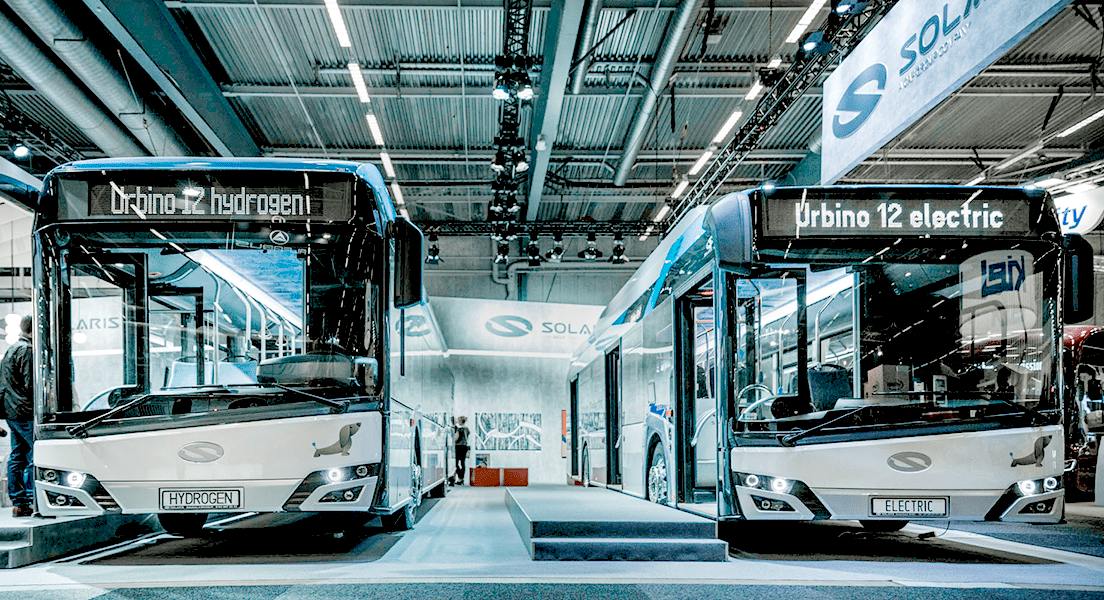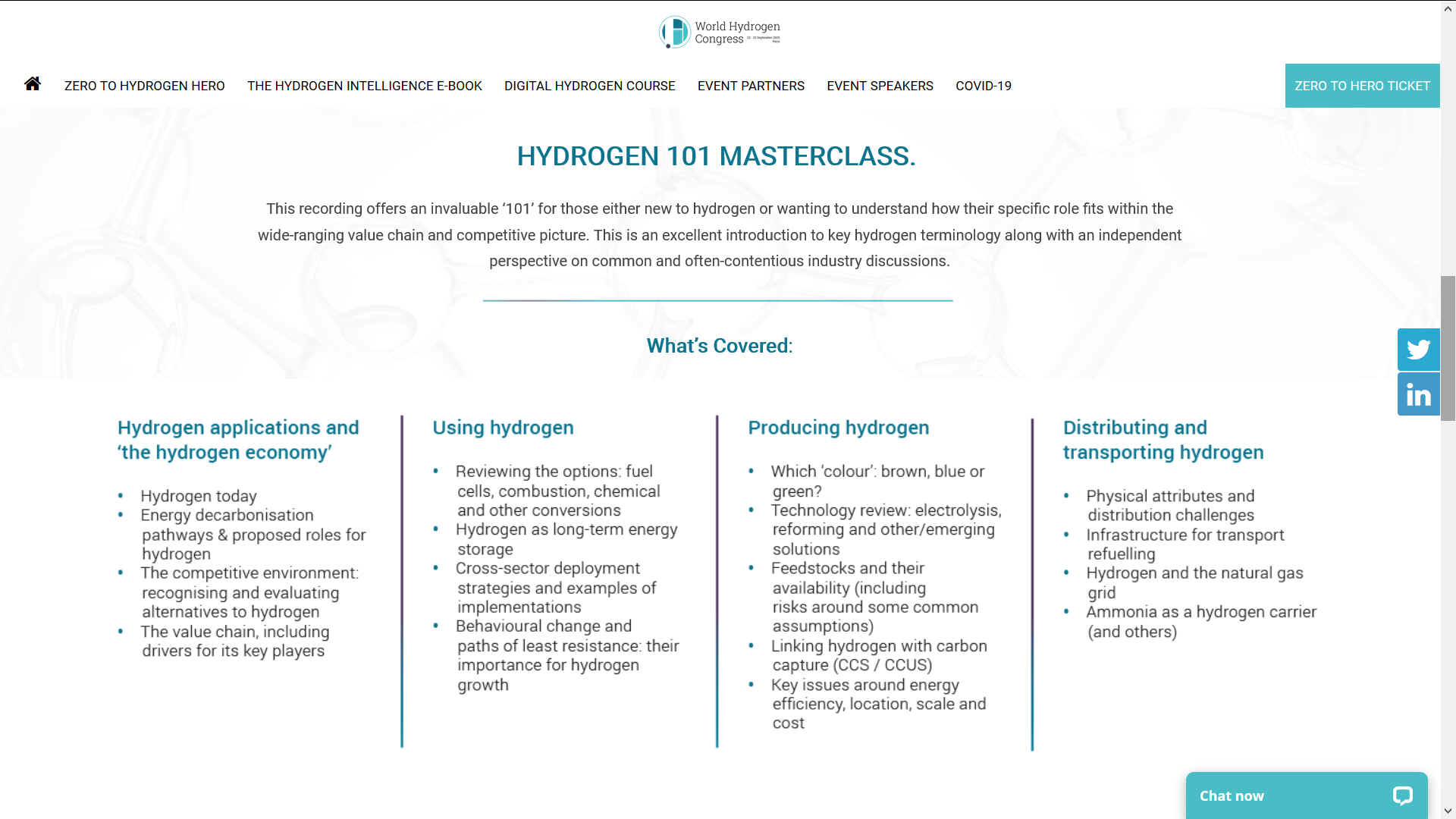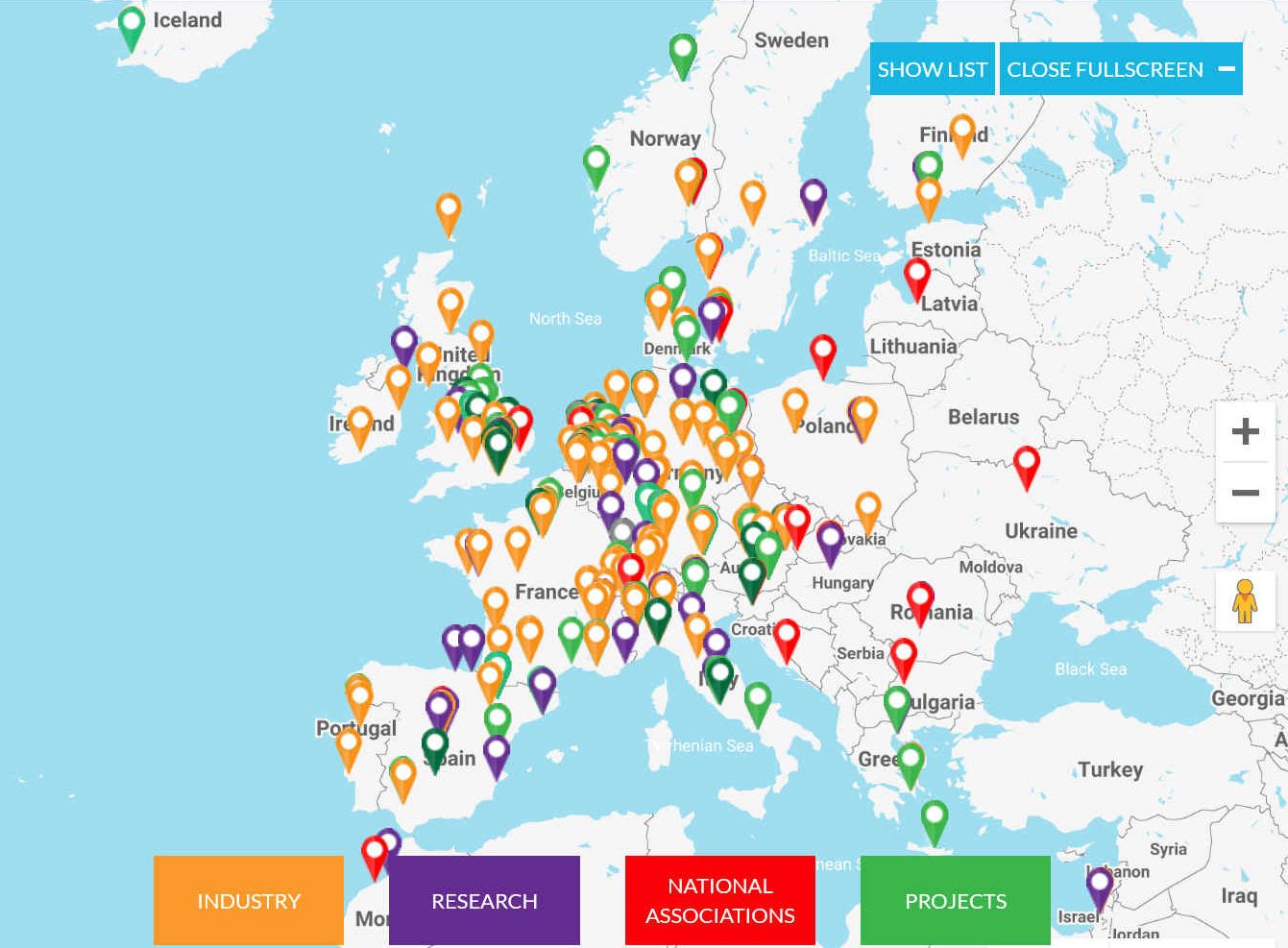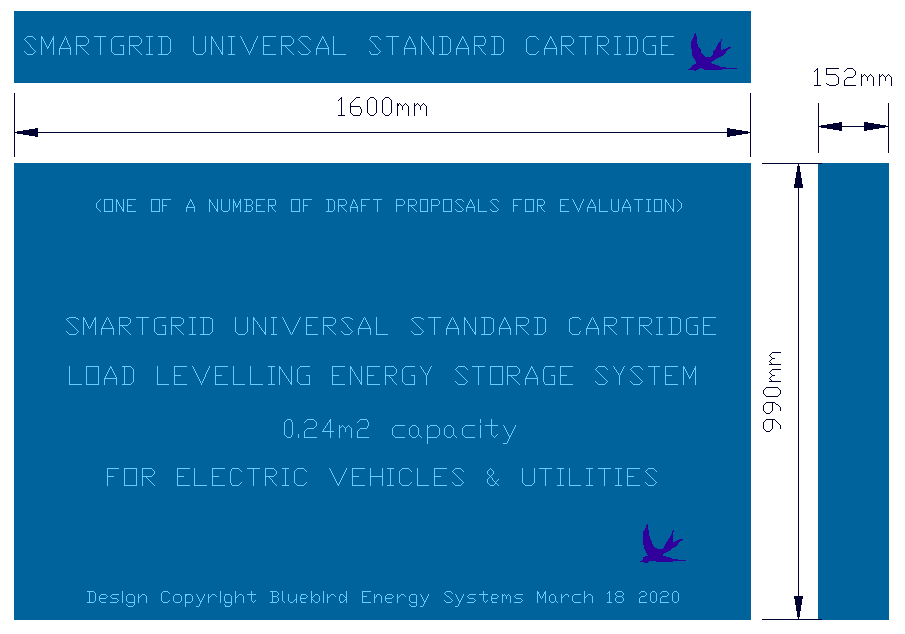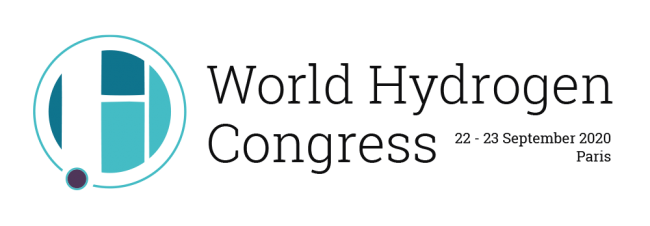|
WORLD HYDROGEN CONGRESS 2020
Please use our A-Z INDEX to navigate this site where page links may lead to other sites
|
|||||||||||||||||||||||||||||||||||||||||||||||||||||||||||||||||||||||||||||||||||||||||||||||||||||||||||||||||||||
|
The World Hydrogen Congress is the annual meeting place for senior decision-makers right across the hydrogen production and distribution value chain. An outstanding executive line up augmented by strong association support from both the blue and green hydrogen markets is leading to what promises to be a unique event for all hydrogen executives. The World Hydrogen Congress invites you to be part of an innovative platform of thought leaders, exchanges and debates between key hydrogen stakeholders, technology & science providers and world-leading industry views in just 2 intense, information-rich days.
The World Hydrogen Congress is the leading annual meeting place for senior executives working in the field of hydrogen production, transportation, distribution, storage, policy and end use applications.
The global energy markets are in transition led by the technological disruption of renewable energy power, digital technologies and the need to decarbonize the power generation, mobility and heat energy markets in the face of the rapidly evolving climate reality. Hydrogen is a rapidly growing solution to decarbonizing power generation, energy storage, cost efficient drivetrains and industrial heat markets.
What is the World Hydrogen Congress?
HYDROGEN POSITIVES & NEGATIVES
Hydrogen
is gathering support as a potential replacement for fossil-based fuels such as
petroleum, diesel,
coal, oil, and
natural
gas. In theory, and for most applications, this is an attractive option: a relatively
plentiful, renewable substance whose use causes only a small environmental disturbance compared to, for instance, airborne emissions of
carbon dioxide or particulate materials (PM2.5 and PM10). Unlike fossil-based fuels, hydrogen needs to be processed out of something else and delivered to the point of use.
Compressed hydrogen can be stored on board in tanks based on type IV carbon-composite technology, an all-composite construction featuring a polymer, liner (typically a high-density polyethylene (HDPE)) with carbon fibre or hybrid carbon/glass fibre composite. The composite materials carry all of the structural loads. The pressures used are usually either 350 bar or 700
bar (5-10,000 psi).
FINANCIAL TIMES JAN 2019 - Beijing has spent an estimated $58.8bn subsidising its electric car industry over the past decade, according to the US-based Center for Strategic and International Studies, creating the world’s largest market for electric cars as well as a dominant position in batteries— surpassing Japan and South Korea. Subsidies have also helped propel Chinese solar makers into the ranks of the world’s largest producers, overtaking competitors in the US and Europe.
A - Z INDEX OF SPONSORS AND ASSOCIATES
TRANSPORT
If we want a practical solution in place within the next 50 years to meet out climate change targets, with implementation starting in the next 7-10 years, hydrogen has many obstacles to overcome, where battery exchange recharging by swapping packs is already making headway in China and India. One potential solution under development by Bluebird Energy Systems is a Dual Fuel service station where energy packs can include hydrogen as the storage medium. With such a system, instead of competing with batteries, hydrogen interests can work alongside battery concerns to build a comprehensive transport infrastructure.
APRIL
2020
- China is promising more subsidies to shore up plunging electric car sales amid the coronavirus pandemic but set limits that exclude Tesla’s made-in-China model.
PROJECTS - The location of European hydrogen projects are shown on this map. The transport sector is responsible for a quarter of the EU's greenhouse gas (GHG) emissions, so drastic changes in the transport sector are required to meet the 90% reduction in GHG emissions set out in the Green Deal. It is, therefore, vital to completely decarbonise the truck sector to meet the EU objectives.
Hydrogen and energy-intensive industries
In November, an EU Commission expert group made recommendations on how to develop IPCEIs in six strategic and future-oriented industrial sectors: Connected, clean and autonomous vehicles; Hydrogen technologies and systems; Smart health; Industrial Internet of Things; Low-carbon industry; and Cybersecurity.
“We have made a good start in areas such as batteries, plastic recycling and high-performance computing,” said Elżbieta Bieńkowska, the EU Commissioner in charge of the internal market, industry, entrepreneurship and SMEs. “And we can do more,” she added in a statement back in November, citing hydrogen as one of the industries set to benefit from IPCEI status.
The Commission sees hydrogen as key to cut emissions from process industries such as steelmaking, cement or chemicals, which are considered “hard-to-abate” because they require high-temperature heat and cannot easily be electrified.
The Commission’s principal adviser on energy, Tudor Constantinescu, says “hydrogen may be a missing link in the energy transition” because it can help decarbonise process industries and heavy-duty transport: aviation, maritime and long-haul trucking.
HYDROGEN SAFETY CARTRIDGE - This cartridge format provides 0.24 of a meter cubic capacity for any energy storage medium, including hydrogen and other fuel cells. Using gas @ 700 bar, a hydrogen/fuel cell combination yields a 270+ mile range, stackable to double or quadruple range - with instant cartridge exchange. Design and Copyright © protected, with Patent(s) pending. Climate Change Trust and Cleaner Ocean Foundation March 2020.
All of these formats can be used in multiples to provide up to 1.92 of a cubic meter capacity. This is one of a number of size cartridges that the Cleaner Ocean Foundation will be evaluating as part of a study they hope to obtain funding for ASAP. There is after all a climate emergency. How urgently the EC, UN and G20 rate the urgency of the situation is beyond their control, but judging by the membership of the various alliances (battery and hydrogen) and the WEC, it seems they might mean business. After a survey of vehicles and fine tuning of the best fit, aiming for 90% of existing vehicle platforms, we should have an energy cartridge that will see us into the Age of Clean Transport (ACT), but only if we ACT now.
CONTACT CLEANER OCEAN FOUNDATION & BLUEBIRD ENERGY SYSTEMS
We are interested in working with 'World Hydrogen' players, looking forward to the eventual cost effective mass production of hydrogen cartridges, alongside battery cartridges for our SmartNet, electric vehicle service stations as a seamless way to introduce hydrogen alongside battery electric vehicles, by way of cooperation in the interests of creating a truly circular economy.
CONTACTS
Tel: +44 (0)20 7099 0600
Head of Delegate Sales, Jonathan Hull: +44 (0)203 355 4207 Email: jonathan.hull@greenpowerglobal.com
SUSTAINING & DISRUPTIVE TECHNOLOGY - A bit of a buzzword and something that many would be entrepreneurs are on the lookout for, but that existing businesses tend to try to ignore, disruptive technology has a habit of wiping out established (old school) household names, as consumers rush to get the latest technology.
In a report from the McKinsey Global Institute, they identified that disruptive technologies can change the game for businesses, creating entirely new products and services, as well as shifting pools of value between producers or from producers to consumers.
Business leaders should then keep their organizational strategies updated in the face of continually evolving technologies, ensure that their organizations continue to look ahead.
Energy-storage devices or physical systems store energy for later use. These technologies, such as lithium-ion batteries and fuel cells, already power electric and hybrid vehicles, along with billions of portable consumer electronics. Over the coming decade, advancing energy-storage technology, such as SmartNet, looks set to make electric vehicles cost competitive, bring electricity to remote areas of developing countries, and improve the efficiency of the utility grids.
Sustaining technology relies on incremental improvements to an already established technology, such as the internal combustion engine being gradually refined over 100 years to give us 50-80 mpg cars.
Disruptive technology lacks refinement, often has performance problems because it is new and may not yet have a proven practical application. Such was the case with Alexander Graham Bell's "electrical speech machine," which we now call the telephone. Computers replaced typewriters. Digital cameras replaces film cameras. Then Smartphones replaced cell phones, also disrupting: pocket cameras, MP3 players, calculators and GPS devices.
With the speed of change these days, sitting still to see how the market develops, is going backwards into commercial oblivion. Much the same can be said for doing nothing about climate change.
LINKS & REFERENCE
https://www.worldhydrogencongress.com/ https://www.storengy.com/en
https://www.iruworldcongress.com/ https://www.worldhydrogencongress.com/ https://www.greenpowerglobal.com/attendance/event/index/94/EN https://www.fch.europa.eu/event/world-hydrogen-congress-working-towards-zero-emission-world https://info.greenpowerglobal.com/zero-hero/
https://www.iruworldcongress.com/ https://www.worldhydrogencongress.com/ https://www.greenpowerglobal.com/attendance/event/index/94/EN https://www.fch.europa.eu/event/world-hydrogen-congress-working-towards-zero-emission-world https://info.greenpowerglobal.com/zero-hero/
1. Hydrogen Storage Materials, Department of Mechanical Engineering, Yuan Ze University; and Targets for On-Board Hydrogen Storage Systems, US Office of Energy Efficiency & Renewable Energy.
Please use our A-Z INDEX to navigate this site
This website is provided on a free basis as a public information service. copyright © Climate Change Trust 2020. Solar Studios, BN271RF, United Kingdom.
|
